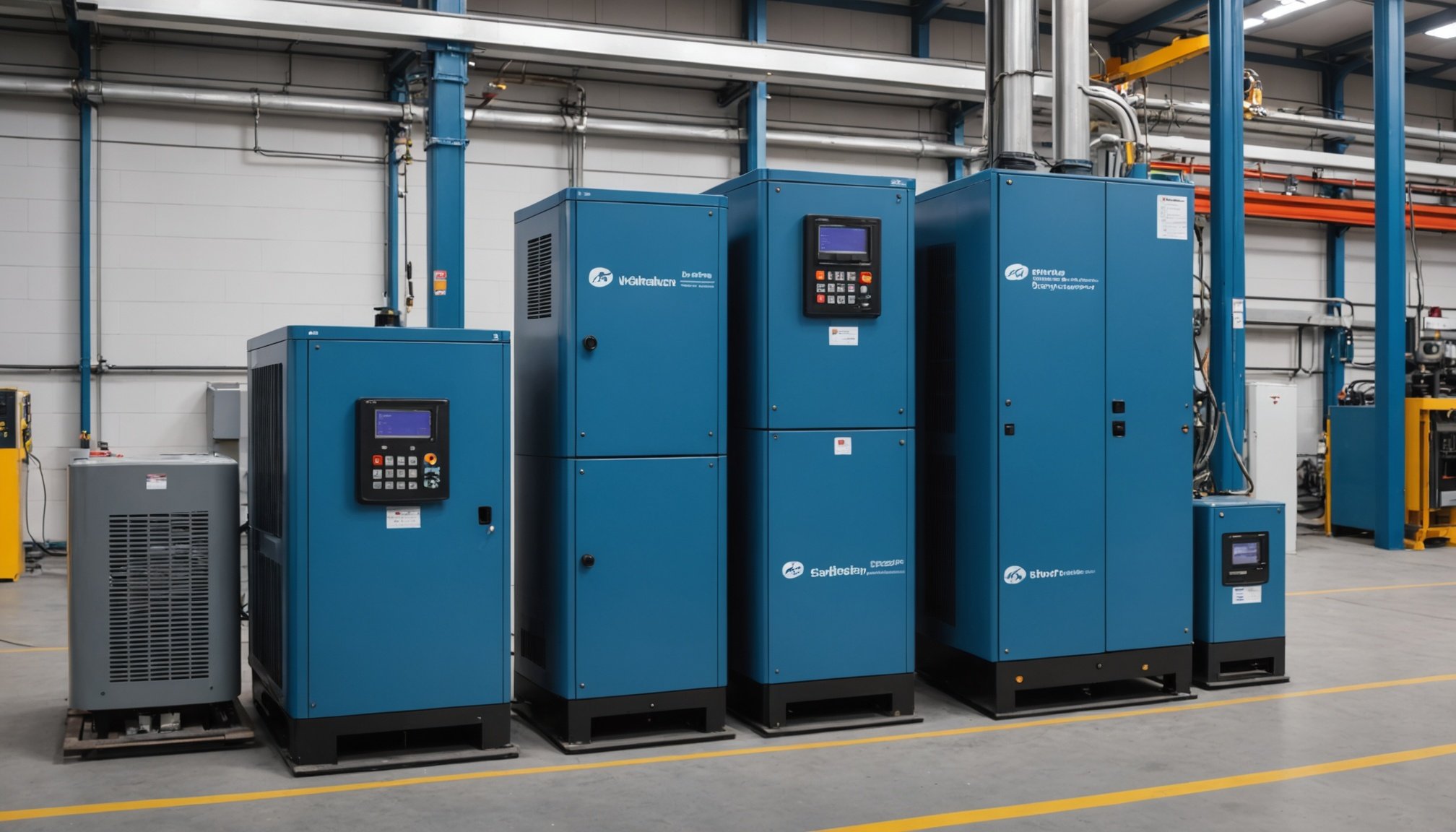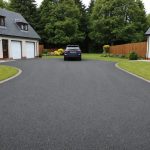Unlocking Energy Efficiency: The Advantages of Variable Speed Drives for Home Appliances in the UK
In the pursuit of a more sustainable and energy-efficient future, households in the UK are increasingly turning to innovative technologies to reduce their energy consumption. One such technology that has garnered significant attention is the variable speed drive (VSD), also known as a variable frequency drive (VFD). These devices have the potential to revolutionize how we use energy in our homes, making our appliances more efficient, cost-effective, and environmentally friendly.
What are Variable Speed Drives?
Variable speed drives are sophisticated motor control devices that regulate the speed, torque, and power consumption of electric motors. Unlike traditional fixed-speed motors, VSDs adjust the motor speed to match the actual load requirements, thereby optimizing energy use.
Sujet a lire : Maximizing Wind Energy: Strategic Placement of Turbines for UK Homeowners
How VSDs Work
VSDs work by converting the fixed frequency of the electrical supply to a variable frequency, which is then used to control the motor speed. This is achieved through advanced power electronics and control algorithms. For instance, in a home heating system, a VSD can adjust the speed of the pump to match the heating demand, reducing unnecessary energy consumption when the system is not under full load[2].
Energy Efficiency and Cost Savings
One of the most compelling advantages of VSDs is their ability to significantly reduce energy consumption and associated costs.
A découvrir également : Top Tips for Safeguarding and Caring for Hardwood Floors in Your Charming UK Cottage
Real-World Examples
- Heating and Cooling Systems: In home heating and cooling systems, VSDs can save up to 30% on energy costs by controlling the speed of compressors, evaporators, and condenser fans. For example, Emerson Electric Co.’s Copeland Commercial Variable Frequency Drives can be installed without requiring any modifications to the current equipment, providing a quick return on investment (ROI)[2].
- Water Pumps: In households with well water systems or large gardens, VSDs can optimize the operation of water pumps. By adjusting the pump speed according to the water demand, VSDs can reduce energy consumption by around 50% compared to fixed-speed pumps[5].
Detailed Cost Analysis
Here is a comparative table illustrating the potential energy savings and cost reductions with VSDs:
| Appliance | Fixed-Speed Motor | Variable Speed Drive | Energy Savings | Annual Cost Savings |
|---|---|---|---|---|
| Heating Pump | 100 kW | 70 kW | 30% | £300 – £500 |
| Cooling System | 150 kW | 105 kW | 30% | £450 – £675 |
| Water Pump | 20 kW | 10 kW | 50% | £100 – £200 |
Environmental Impact
The use of VSDs not only benefits homeowners financially but also contributes significantly to reducing the carbon footprint.
Reducing Carbon Emissions
By optimizing the operation of electric motors, VSDs help in reducing energy consumption, which in turn lowers carbon emissions. For instance, if a household reduces its energy consumption by 30% through the use of VSDs, it directly contributes to a reduction in greenhouse gas emissions. This aligns with the UK’s net zero carbon targets and global efforts to combat climate change.
Example from the Industry
Companies like ABB are at the forefront of developing energy-efficient solutions. ABB’s drives are designed to boost productivity, improve energy efficiency, and cut maintenance costs. According to ABB, their VSDs can help industries and households achieve significant energy savings, thereby reducing their carbon footprint[4].
Practical Insights and Actionable Advice
Choosing the Right VSD
When selecting a VSD for home appliances, several factors need to be considered:
- Type of Motor: Ensure the VSD is compatible with the type of motor used in your appliance. For example, AC drives are commonly used for most household appliances, while DC drives and servo drives may be required for more specialized applications[2].
- Power Rating: Choose a VSD with the appropriate power rating to match the load requirements of your appliance. This could range from low power ratings for small pumps to high power ratings for larger heating and cooling systems[2].
- Ease of Installation: Opt for VSDs that are easy to install and require minimal modifications to existing equipment. For example, Invertek Drives offers VSDs with simplified commissioning and customization options[3].
Maintenance and Support
Regular maintenance is crucial to ensure the longevity and efficiency of VSDs.
- Proactive Maintenance: Implement a proactive maintenance plan to check and maintain the VSD and associated equipment. This includes cleaning, checking for wear and tear, and updating software as necessary[5].
- Global Support Network: Look for manufacturers that offer a robust global support network. Companies like Invertek Drives provide sales, service, and application support in over 80 countries, ensuring you have help whenever you need it[3].
Future Trends and Innovations
The variable speed drive market is continuously evolving with technological advancements.
Integration with IoT
Modern VSDs are being integrated with Internet of Things (IoT) technology to enhance their functionality. For instance, Eaton’s POWER XL DM 1 Micro Variable Frequency Drive incorporates IoT and Ethernet communication, providing greater efficiency, safety, and dependability[2].
Advanced Motor Technologies
The development of advanced motor technologies such as synchronous reluctance (SynRM) motors is also driving the adoption of VSDs. These motors offer higher efficiency and reliability when used with VSDs, further enhancing energy savings and reducing maintenance costs[2].
Variable speed drives are a powerful tool in the quest for energy efficiency and cost savings in home appliances. By providing precise speed control, reducing energy consumption, and lowering carbon emissions, VSDs are an essential component of any modern, sustainable home.
Final Thoughts
As we move towards a net zero future, technologies like VSDs will play a critical role. Here’s what John, a homeowner who recently installed VSDs in his heating system, had to say:
“Since installing the variable speed drives, I’ve noticed a significant reduction in my energy bills. It’s not just about the cost savings; it’s also about doing my part for the environment. The peace of mind knowing that my home is more energy-efficient is priceless.”
In conclusion, embracing variable speed drives is a step towards a more energy-efficient, cost-effective, and environmentally friendly home. Whether you’re looking to upgrade your heating system, optimize your water pump, or simply reduce your energy consumption, VSDs are an investment worth considering.











